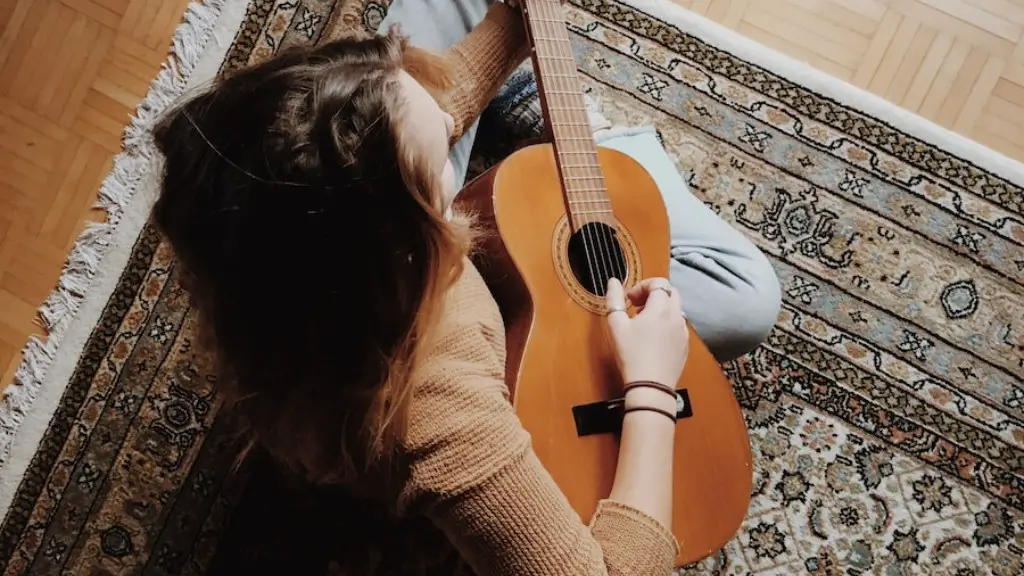How to Draw a Fur Coat
Drawing a fur coat can be an enjoyable and rewarding activity, offering an opportunity to create something beautiful and unique. Arts and crafts of all types reach into the depths of your creativity, allowing you to bring the most intricate of artistic visions to life.
But getting started on drawing your fur coat might feel daunting. How do you even start? What materials do you need? What techniques do you use?
Don’t worry – drawing a fur coat is an easy activity that anyone can start. Just follow these simple steps, and you’ll be ready to draw a luxurious fashion statement in no time!
Gather Your Materials
You’ll need to have the right materials for drawing your fur coat. Of course, you’ll need paper. All kinds of paper can be used, from plain white drawing paper to specialized sketchbooks. You’ll also want to get drawing materials such as pencils, pens, and charcoal.
For drawing a fur coat, you don’t need to stick to the standard graphite pencils for drawing. Colored pencils and charcoal can give your fur coat drawing more depth and dimension. You’ll also want to have a kneaded eraser, a smudging stick, and a craft knife on hand to help you perfect the details.
Making the Sketch
Once you have the materials, you can start sketching out your fur coat. Start with light pencil strokes and begin sketching the outline of the fur coat. Don’t press too hard as you draw – a light hand will help you make any adjustments or corrections later.
When you’re sketching the fur, keep it loose and free-flowing. Imagine how the fur will move and overlap as it coils around the form of the coat. The back of the fur coat is usually the most full, so focus your attention there.
When your sketch is complete, you’ll want to use a kneaded eraser to lighten some of your pencil lines.
Adding the Details
Now it’s time to add the details. This is where you’ll add shading and texture to the fur coat. You can use a smudging stick to create soft transitions between colors, and a craft knife to draw in individual strands or tufts of fur. This is also the stage where you can really make the fur coat come to life by using colored pencils to add depth and color.
Adding detailed textures can take time, but it’s worth it. A fur coat with detailed textures will look more realistic and will be sure to draw the gaze of anyone who sees it.
Linework
Once the details are complete, you can add linework to the fur. This part is optional, but it can really make a difference to the finished product. Use a fine-pointed pen or a very thin felt-tip marker to draw individual lines over the fur.
These lines will add definition to the fur, separating it into distinct strands or tufts. Be sure not to go overboard with the linework – too many lines can make the fur look messy or disheveled. A few well-placed lines here and there will be sufficient.
Final Touches
With your linework complete, it’s time to give your fur coat drawing the final touches. If you’re feeling ambitious, you can add some detailing such as buttons, pockets, or a belt. You can also add highlights, either with white paint or with a light-colored colored pencil.
Finally, you’ll want to add a background. The background can be a solid color or can be filled with patterns or images. A minimalist background can really make your fur coat drawing stand out.
That’s it! With these steps, you’ll be able to draw a luxurious, beautiful fur coat that’s sure to attract attention. Just remember: take your time and have fun!
